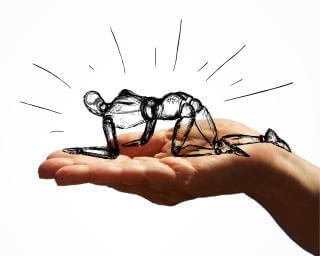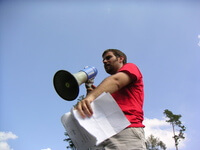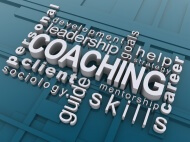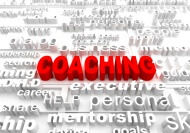Not infrequently, people with disabilities receive some form of medication prescribed by their physician with the intent being to assuage pain. This is a natural route for a person with a disability, seeing as they more likely than not will experience some form of pain (be it physical, mental, or emotional) on a regular basis. However, an issue arises when the drugs that an individual takes become abused.

The adverse effects of drug abuse produce countless consequences for those who abuse them, disabled or not. As such, research has been conducted that attempts to determine the background behind abuse as well as factors that play some type of role. When disabled youth become the focus of this discussion, a new realm of possible outcomes arises. How are the social relationships of disabled children and their peers affected? How do parents and teachers deal with situations stemming from differences among students? What is the role of a health educator or exercise therapist in this population?
This particular paper will discuss drug abuse among people with disabilities. In a more general sense, it will discuss disabilities of individuals in the adolescent stage of life. Results of research will show the examination of the characteristics of drug abuse and its prevalence in both the overall population and the youth cohort. It will place a scope on drug abuse in these disabled populations and briefly mention preventive measures. Furthermore, this paper will expose the recurring fact that there is limited research in and around this topic. As such, the conclusion will attempt to explain what can be done in response, and why changes should be implemented. Throughout the paper, exercise therapy techniques will be mentioned and validated.





